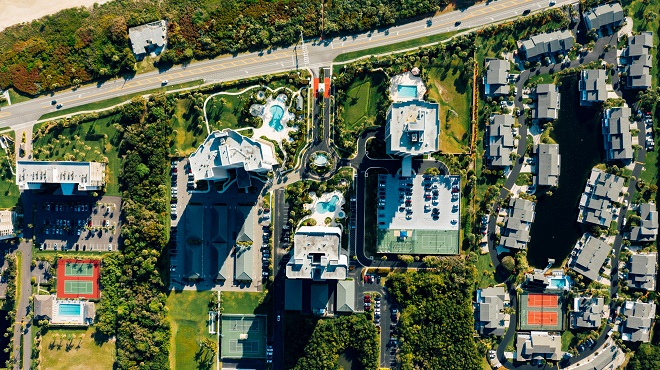AirMap has announced that it is closing its UAS traffic management app. As recently reported, AirMap has already shut down its Low Altitude Authorization and Notification Capability (LAANC) service. By late June, the company’s app will no longer be available.
In a statement on the AirMap app, the company pointed to its new direction: “AirMap has evolved many times over its storied history, from an app to create no fly zones over your house to a tool that empowers authorities to manage and monitor airspace. Over the past several months, our team has been hard at work building a next generation product. Our new mission is to enable autonomy and beyond visual line-of-sight flight at scale.”
Aloft.ai founder Joshua Ziering, in a LinkedIn post, discussed the impact of AirMap’s announcement on the drone and traffic management industries. Ziering stated that he is “incredibly disappointed to see AirMap end-of-life-ing their application that gives access to LAANC” and called the announcement "a troubling indicator for the health of the USS ecosystem at large.”
The origins of AirMap go back to 2015 when the NoFlyZone website and database was launched. Through the site, individuals were invited to enter their home addresses to prevent drone pilots from flying above their property.
Over the years, the organization expanded to provide more UAS-related aeronautical data and traffic management services for individuals, private companies, and public entities. In 2015, AirMap introduced a digital map to remove “barriers to compliance by providing the low altitude airspace information” for UAS operators. The following year, AirMap began offering “digital identification certificates” for drones to increase trust and verification. In time, AirMap launched collaborative projects in Japan, Switzerland, and beyond. The firm also worked with the FAA and NASA to further develop uncrewed traffic management systems and integration into the airspace.
AirMap was acquired by DroneUp in 2021. At the time of the deal, AirMap was providing UTM services for some 100,000 flights worldwide each day. DroneUp hoped to use AirMap’s data to further safety around its last-mile drone services.
Creating comprehensive and reliable UTM systems is essential to integrating uncrewed vehicles into the airspace and advancing all sectors of the drone industry, and many companies and organizations are working to develop these systems. The approach AirMap was looking to pioneer was outlined in 2019 by
“We certainly believe that smart regulations and a spirit of collaboration across all levels of government are essential for a healthy drone ecosystem to emerge,” Marcus stated. “The combination of rules and technology is critical because there are lots of different ideas being developed by different companies, and the regulators are not in the innovation business. They're in the safety business. Because of that, industry has to come to regulators with innovations that can help to maintain or even improve the existing level of safety in the airspace while enabling these more complex and higher scale missions. That’s why it's incumbent on the industry to come together in partnership and present that vision to the regulatory.”
Although the closing of the AirMap app impacts thousands of users, there are many options available for drone operators and others to share information and receive authorization for flights. For example, the FAA’s Data Exchange brings together government and private industry to facilitate “the sharing of airspace data between the two parties.” This collaboration includes Low Altitude Authorization and Notification Capability.
More information about the Data Exchange, including a list of Approved LAANC UAS Service Suppliers, can be found here.















Comments